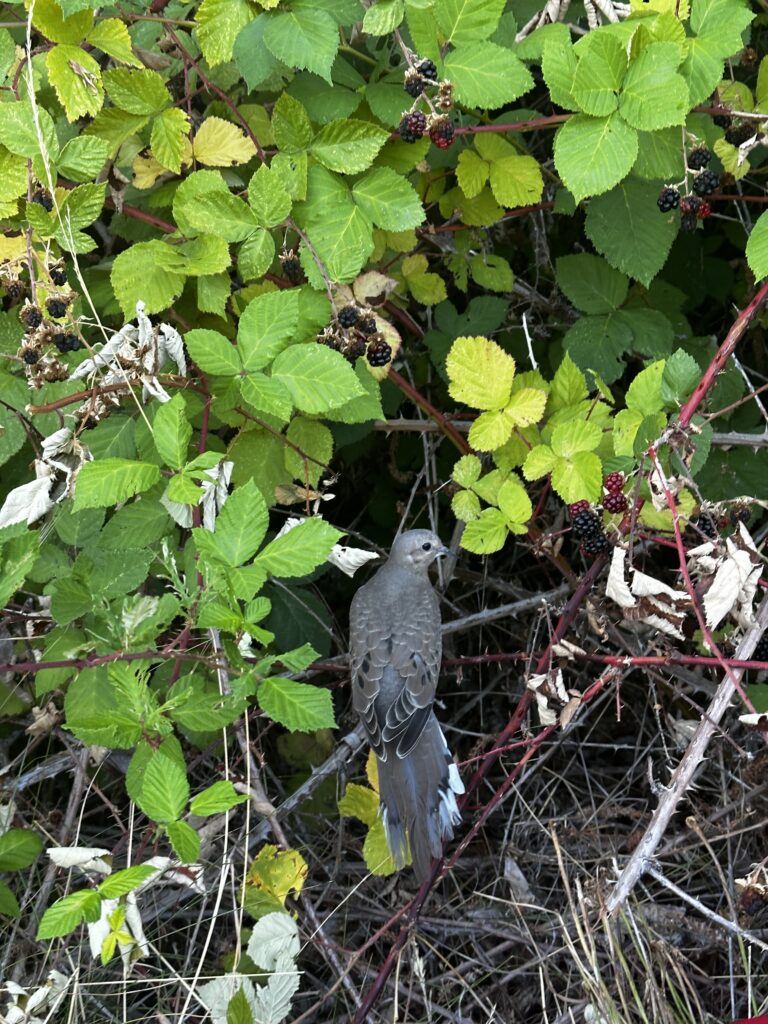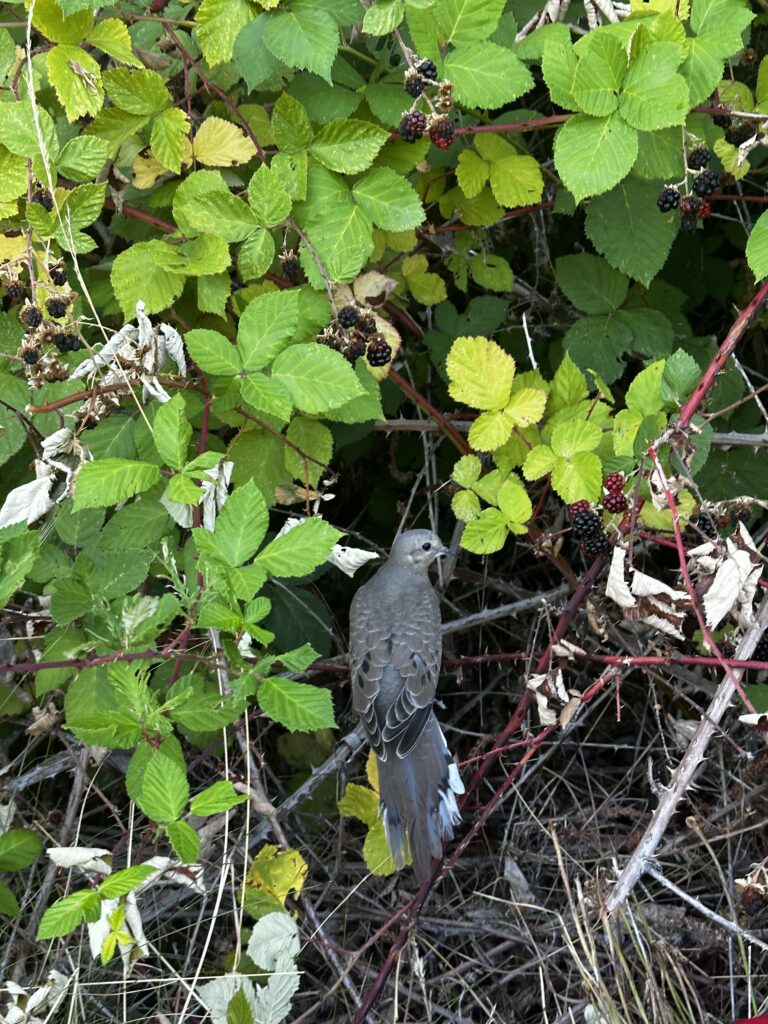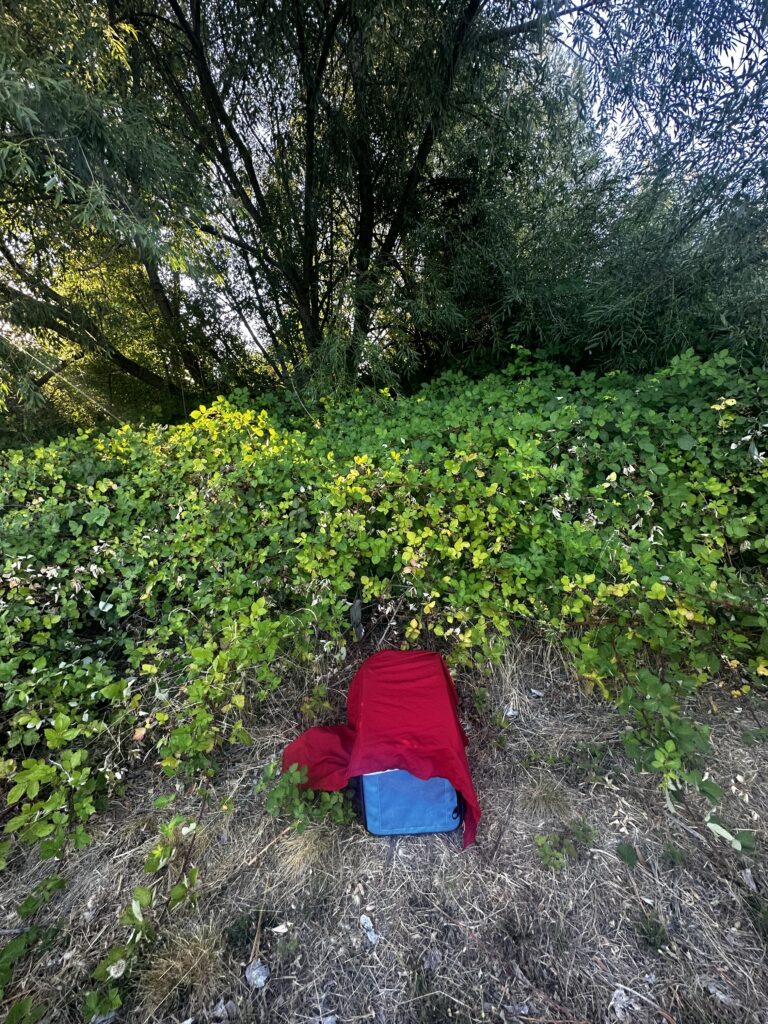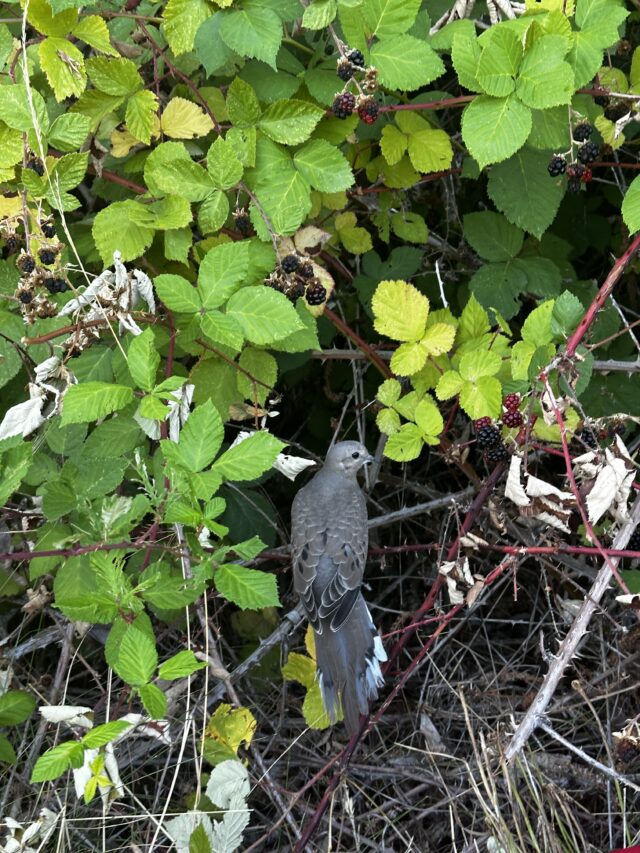
“He’s been trusting me”
The middle aged woman coos down at the baby cottontail wrapped in a dish towel, stroking his forehead.
Her daughter, no older than 7, reaches up towards the towel, grinning, grasping at the corners.
“When I called yesterday, you guys told me I could either release him, and know he probably wasn’t going to make it, or I could bring him here and you guys could… could help him go to sleep…”
The woman glances down at her little girl, who is distracted, lost in a display of stuffed animals.
“Yes. I want to make sure that you know that’s a possible outcome.”
“He’s been trusting me. He’s been eating for me.”
“Is he able to walk?”
“Well, he hops around a bit but his head tilts to the left, and then he falls over.”
“Ok, well.”
The staff member I’m with reaches out to take the bunny.
“Oh… say goodbye, honey. Say bye to Mr. Bunny.”
As my research winds up for the summer, I’ve been thinking about the moments when the institutional morality of the rescue/rehab—the moral instincts that staff members learn to cultivate in service of their mission—diverges with the folk morality that informs most people’s thinking in their encounters with suffering or vulnerable animals. In this case, what the woman who brought this cottontail in had thought of as a series of compassionate acts (keeping this wild animal in her home for two days with a broken neck, feeding it, stroking and kissing it) was, in the eyes of those who would ultimately become responsible for its care, a kind of torture, albeit unintentional. This divergence is due in part to differences in knowledge and awareness: to someone better acquainted with the physiology of wild rabbits and the pragmatics of their care, it is clear that what looked to this woman like “trust” was just the inability of this partially paralyzed and probably terrified animal to do what it would otherwise have done—to flee. But it also has to do with a difference in what models are getting applied to these situations. Staff members at an institution like this have had to learn to de-Disney-ify their moral imagination. They have had to replace idealized images of interspecies nurturing that we have all encountered in Disney movies and childrens’ books with protocols based on the knowledge of animal physiology, husbandry, conservation, and the ethical consideration of individual animals. In part, this means letting go of the savior complex—the ego—that many otherwise well-intentioned people bring to the task of caring for non-human animals. It means ceding the center of the narrative to the animal itself.


